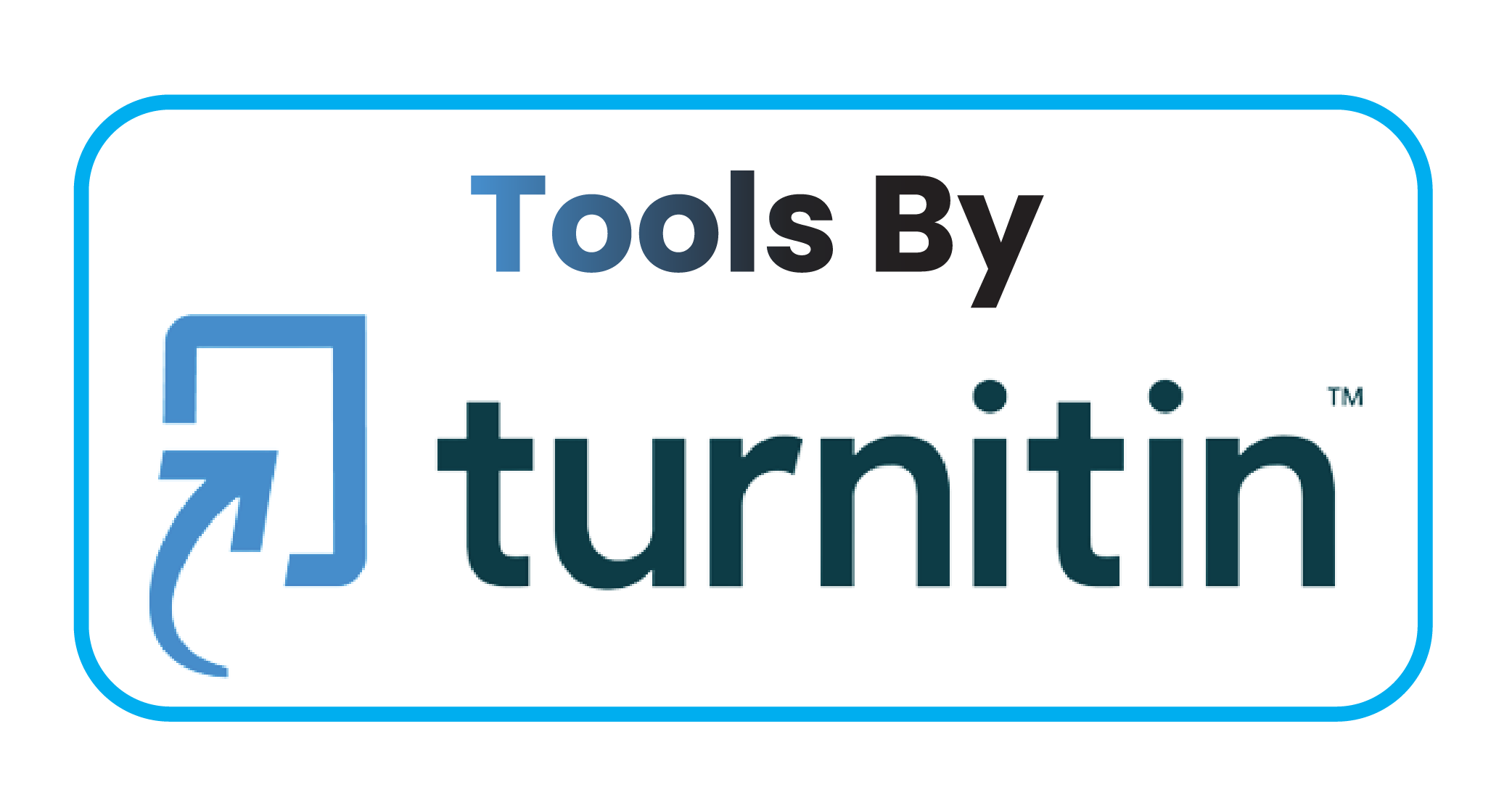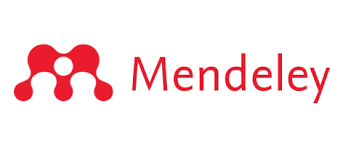Cost and Time Analysis of Project Acceleration using the Crashing Method with Additional Working Hours and Labor
DOI:
https://doi.org/10.59888/ajosh.v3i7.545Keywords:
Project Acceleration, Crashing Method, Overtime Work, Additional Labor, Cost EfficiencyAbstract
This study aims to analyze project cost and time acceleration using the Crashing Method by adding three hours of overtime work and additional labor. Delays in construction projects often lead to budget overruns and inefficiencies, making acceleration techniques essential for ensuring timely project completion. The research evaluates cost efficiency by comparing the total project budget before and after implementing the Crashing Method. Using both qualitative and quantitative approaches, this study examines the impact of different acceleration strategies on cost increase and time reduction. The findings indicate that project completion time can be significantly reduced using both methods; however, overtime results in higher cost increases compared to additional labor. While overtime provides immediate acceleration, it incurs higher expenses due to increased labor wages, whereas adding workforce results in gradual but more cost-effective acceleration. Furthermore, the study underscores the importance of selecting the appropriate acceleration approach based on project constraints, workforce availability, and financial considerations. Effective resource allocation, labor management, and risk assessment are critical factors in minimizing costs while maximizing efficiency. By analyzing the trade-offs between cost and time, this study provides valuable insights into the optimal strategy for project acceleration in construction management. The findings offer practical recommendations for contractors, project managers, and stakeholders to optimize resources and maintain budget control while ensuring project completion within the scheduled timeframe.
References
Abas, N. P., & Al., E. (2022). Analysis Of Implementation Time And Cost Using The CPM Method And Crashing Method In The North Sulawesi Police Forensic Laboratory Construction Project. 1(1).
Bahnas, N., Adel, K., Khallaf, R., & Elhakeem, A. (2024). Monitoring and controlling engineering projects with blockchain-based critical chain project management. Automation in Construction, 165, 105484.
Boateng, W. K., & Danquah, J. A. (2025). The Impact of Stakeholder Involvement on Project Delays. Asian Journal of Economics, Business and Accounting, 25(4), 249–257.
Firdaus, M. B., Tjendani, H. T., & Witjaksana, B. (2023). Acceleration Analysis Using The Crashing Method In The Sdn Kutisari 2 Development Project. 2(4), 366–375.
Hartmann, S., & Briskorn, D. (2022). An updated survey of variants and extensions of the resource-constrained project scheduling problem. European Journal of operational research, 297(1), 1–14.
Kakar, A. S., Hasan, A., & Jha, K. N. (2020). Schedule success factors in construction projects in a war-affected region. Journal of Legal Affairs and Dispute Resolution in Engineering and Construction, 12(3), 5020008.
Koten, O. A., & Tjendani, H. T. (2023). Cost And Time Analysis Using Crashing Method On Improvement Of Naibonat - Nunkurus Road In Kupang Regency. Journal Of Civil Engineering, 16(1), 140–145.
Kustiyahningsih, Y., Islam, I., Khotimah, B. K., & Purnama, J. (2023). Sentiment Analysis For Indonesian Salt Policy Using Naïve Bayes And Information Gain Methods.
Liu, J., & Lu, M. (2018). Constraint programming approach to optimizing project schedules under material logistics and crew availability constraints. Journal of construction engineering and management, 144(7), 4018049.
Mahmoudi, A., & Javed, S. A. (2020). Project scheduling by incorporating potential quality loss cost in time-cost tradeoff problems: The revised KKH model. Journal of modelling in management, 15(3), 1187–1204.
Malifa, Y., Dundu, A. K. T., & Malingkas, G. Y. (2019). Construction Using Crashing Method (Case Study: Construction Of Iain Manado Flats). Statik Civil Journal, 7(6), 681–688.
Muin, O. E. A. (2023). Cost And Time Analysis Of The Pontianak Mcd Building Project Using Time Cost Trade Off (Tcto) Method. Asian Journal Of Engineering, Social And Health, 2(12), 1733–1744. https://doi.org/10.46799/ajesh.v2i12.208
Olivia, P. (2019). Analysis Of Project Time Acceleration Using Crashing Method (Case Study: Road Improvement Pelantaran - Parenggean - Tumbang Sungai). Jurnalteknika, 3(1), 41–52.
Osei-Asibey, D., Ayarkwa, J., Baah, B., Afful, A. E., Anokye, G., & Nkrumah, P. A. (2025). Impact of time-based delay on public-private partnership (PPP) construction project delivery: construction stakeholders’ perspective. Journal of Financial Management of Property and Construction, 30(1), 88–110.
Putri, D. A. (2021). Application Of The Cpm And Crashing Method In The Jember University Training Center Building Project. 2(2), 151–158.
Ralahall, F. N. (2024). Project Management. Journal Of The Korean Physical Society. http://kin.perpusnas.go.id/displaydata.aspx?pid=41722&pregioncode=Trunojoyo&pclientid=639
Rani, H. A. (2016). Construction Project Management. https://www.researchgate.net/publication/316081639_Manajemen_Proyek_Konstruksi
Riza, M. N., & Witjaksana, B. (2022). Cost And Time Analysis Using The Least Cost Analysis Method In The Surabaya City Man New Classroom Building Construction Project. Kacapuri Journal: Journal Of Civil Engineering Science, 5(1), 308. https://doi.org/10.31602/jk.v5i1.7560
Saroji, G., & Susantono, B. (2023). Lean construction practice on toll road project improvement: a case study in developing country. Civil Engineering Journal, 9(12).
Schumacher, A., & Schumacher, M. (2023). The Road to Project Management Excellence Understanding the reasons and impacts of delays within project-organizations.
Smith, N. J., Merna, T., & Jobling, P. (2014). Managing risk in construction projects. John Wiley & Sons.
Vasista, T. G. K. (2017). Strategic cost management for construction project success: a systematic study. Civil Engineering and Urban Planning: An International Journal (CiVEJ), 4(1), 41–52.
Downloads
Published
Issue
Section
License
Copyright (c) 2025 Moh Ali Lutfi, Budi Witjaksana, Jaka Purnama

This work is licensed under a Creative Commons Attribution-ShareAlike 4.0 International License.
Authors who publish with this journal agree to the following terms:
- Authors retain copyright and grant the journal right of first publication with the work simultaneously licensed under a Creative Commons Attribution-ShareAlike 4.0 International. that allows others to share the work with an acknowledgement of the work's authorship and initial publication in this journal.
- Authors are able to enter into separate, additional contractual arrangements for the non-exclusive distribution of the journal's published version of the work (e.g., post it to an institutional repository or publish it in a book), with an acknowledgement of its initial publication in this journal.
- Authors are permitted and encouraged to post their work online (e.g., in institutional repositories or on their website) prior to and during the submission process, as it can lead to productive exchanges, as well as earlier and greater citation of published work.










